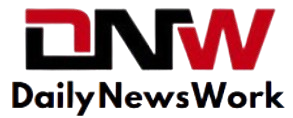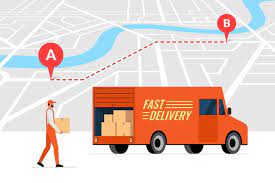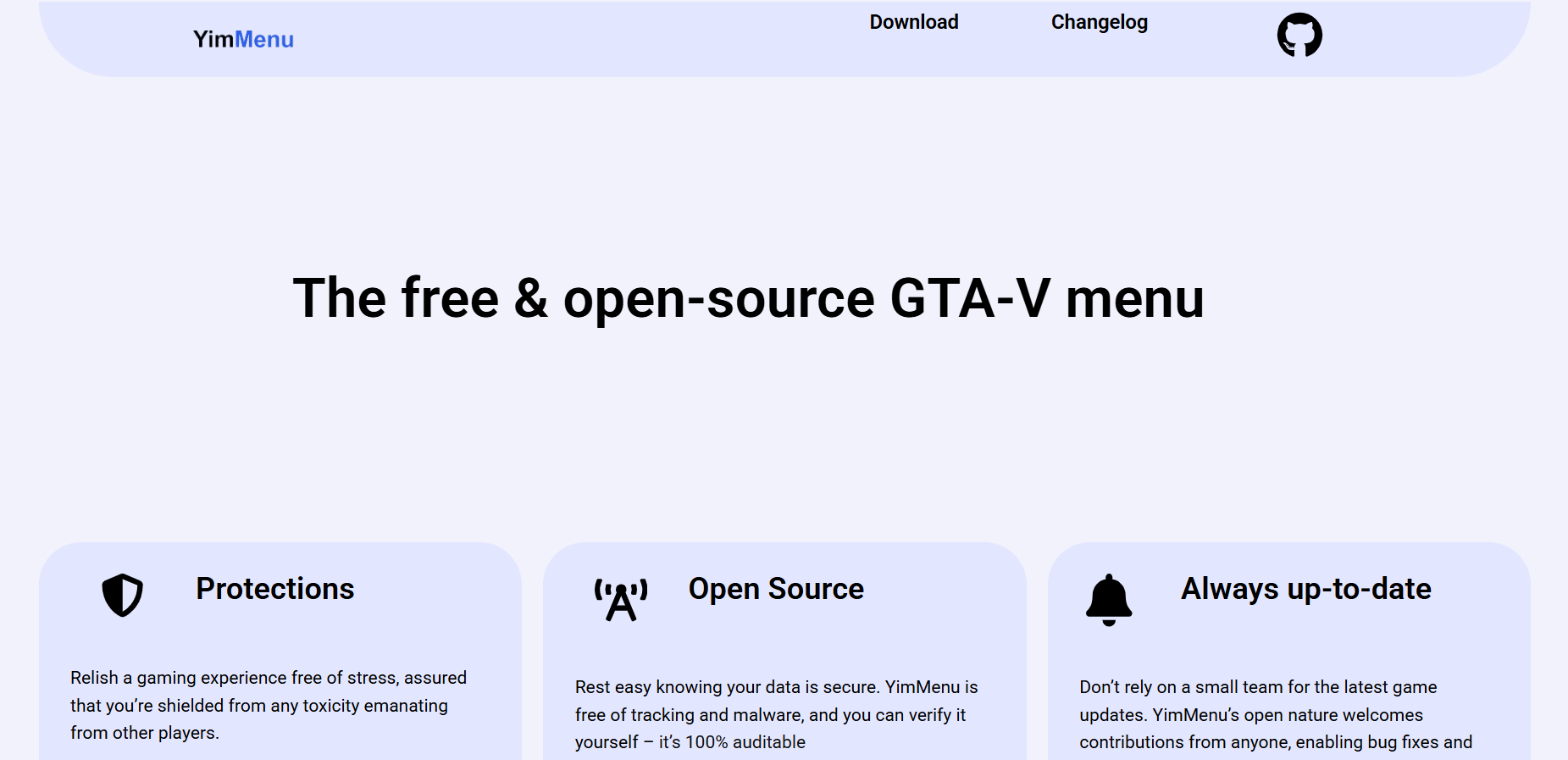In the logistics world, information delays often translate into delivery delays. For operations heads, warehouse managers, or small business owners managing shipments across India, not knowing the real-time location of goods is more than inconvenient; it can be risky.
Customers expect updates. Internal teams want clarity. And business owners need data to avoid last-minute firefighting. That’s why having access to accurate shipment tracking is no longer optional; it’s central to how modern supply chains run.
Solutions like frayto make it easier to monitor freight movement in real time without adding overhead. But what exactly makes real-time tracking so valuable to businesses? And how can the right system improve coordination, reduce losses, and strengthen customer relationships?
Visibility Gaps Still Disrupt Daily Operations
Before real-time systems came into the picture, most tracking was manual or reactive:
- Phone calls to drivers or partners
- Email updates from carriers
- Delayed entries in ERP or TMS platforms
This led to common issues:
- Missed ETAs or delays discovered too late
- Multiple teams chasing the same update
- Poor customer experience due to lack of visibility
Take this example: A distributor in Pune is expecting a shipment of mobile accessories by 4 p.m. A delay at a toll checkpoint pushes the ETA by two hours. Without live tracking, the delivery fails, and the retailer’s shelves remain empty for the weekend.
This affects sales and strains the business relationship. Multiply this by hundreds of shipments across locations, and the scale of inefficiency becomes obvious.
Real-Time Tracking: What It Actually Covers
Real-time tracking goes beyond just pin-dropping a vehicle’s current location.
Here’s what a complete tracking system should ideally provide:
- Live location: Updates in short intervals as the shipment moves
- ETA forecasts: Based on route, traffic, or stop duration
- Delay alerts: Notification if the shipment goes off-route or is late
- Condition monitoring: For temperature-sensitive or fragile cargo
- Delivery confirmation: Proof of delivery with timestamp and receiver name
Modern platforms like frayto offer this in a simple, dashboard-style format; no need to switch between systems or chase teams for updates.
How Real-Time Tracking Improves Business Operations
Let’s look at the concrete ways shipment tracking in real time supports operations and customer success.
Timely Decisions Based on Live Updates
When teams have access to real-time data, they make faster, better decisions.
- Reroute shipments if traffic or weather causes a delay
- Inform warehouse staff to reschedule loading/unloading slots
- Notify customers before a delay turns into a service issue
For example, if a shipment bound for Ahmedabad is delayed by 90 minutes, logistics managers can reassign resources, manage customer expectations, and avoid chaos.
It reduces dependence on gut feeling and enables proactive planning.
Fewer Customer Complaints and Stronger Service Reputation
Real-time tracking gives customers clarity, which reduces friction.
- No need to call and ask, “Where is my order?”
- Confidence that the delivery timeline will be met
- Visibility that builds trust and repeat business
B2B and B2C customers alike appreciate transparency. It sets the brand apart.
Solutions like frayto allow businesses to share live tracking links without adding complexity to the workflow. This small step significantly improves how customers perceive your service reliability.
Reduced Operational Costs and Losses
Here’s where many businesses see the real return on investment:
- Lower coordination overhead
- Less time spent manually updating delivery status
- Reduced stockouts and last-minute air shipments
- Fewer penalty fees due to delayed handoffs
Imagine your team saves just 5 minutes per shipment by eliminating update calls or Excel entries. Across 500 shipments per month, that’s 40+ hours saved and fewer errors.
Real-time visibility also reduces cargo misplacement and theft risks, especially on long-haul routes.
Stronger Internal Coordination and Supplier Collaboration
A good tracking system keeps every stakeholder aligned:
- Warehouse staff knows what’s arriving and when
- Customer support has accurate status for queries
- Partners get alerts when action is required (e.g., re-routing or re-scheduling)
It reduces guesswork and miscommunication between transporters, dispatch teams, customer service, and clients.
Many modern systems integrate directly with ERP or inventory platforms, allowing seamless data sharing and documentation.
Why Mid-Sized Indian Businesses Can’t Ignore It
Large enterprises have already invested in sophisticated supply chain systems. But it’s mid-sized businesses—like distributors, e-commerce sellers, or regional brands—that stand to gain the most from adopting live tracking.
Here’s why:
- Their customers often expect enterprise-grade service.
- Their teams wear multiple hats—automation helps reduce manual effort.
- They operate in high-volume, low-margin markets where efficiency matters.
With real-time updates and auto-alerts, the team can quickly reschedule warehouse shifts and reduce delivery errors.
According to a report by McKinsey & Company, companies with end-to-end supply chain visibility are 20–30% more efficient than those without it.
Even a small operational gain makes a big difference at scale.
What to Look for in a Real-Time Tracking Platform
When choosing a platform, focus on real needs — not just buzzwords.
Here are key things to evaluate:
- Accuracy: Does it show location in near real time?
- Ease of use: Can your internal teams and partners use it without training?
- Alerts: Can you set up automated alerts for delays or issues?
- Integration: Can it connect to your ERP or order management system?
- Support: Is there responsive help when something breaks?
Final Thoughts: Visibility Isn’t Just for Big Players Anymore
In logistics, the faster you know, the faster you act.
Real-time shipment tracking reduces avoidable delays, builds customer trust, and simplifies coordination between internal and external teams.
If your business is still depending on driver calls or delayed updates, it’s time to consider smarter tools. Platforms like frayto make real-time visibility accessible, even for teams that don’t have a dedicated tech department.









